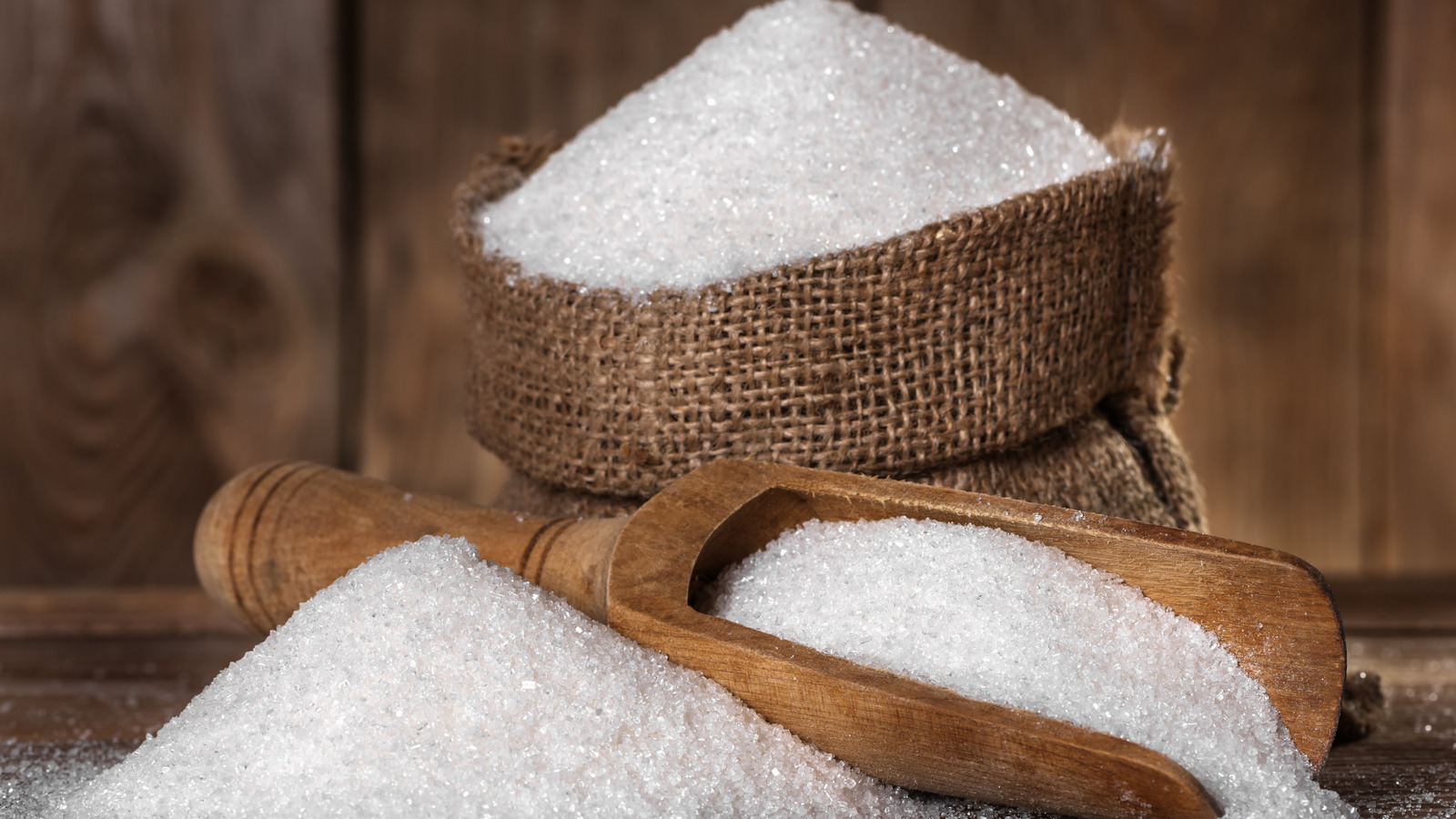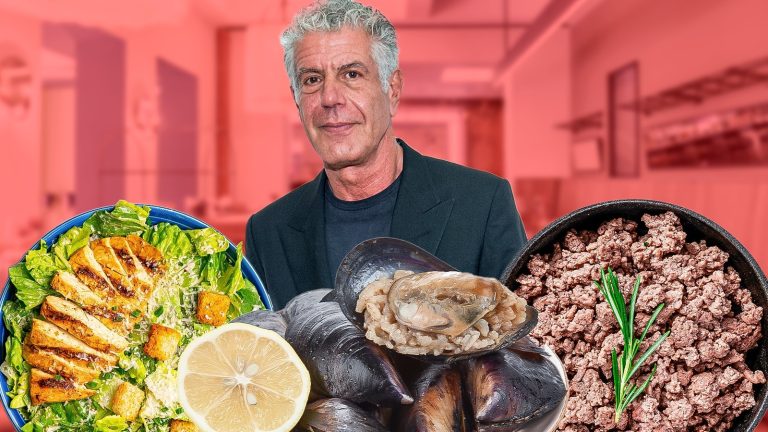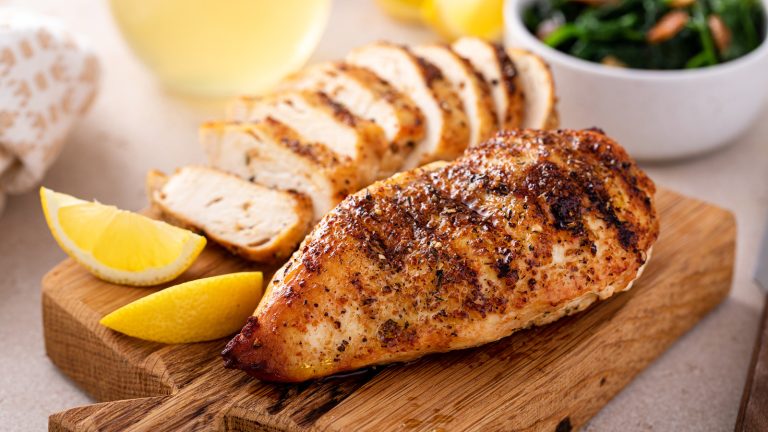A shelf-stable ingredient like sugar (regardless of the variety) may not be as finicky to store as other foods. But, that’s not to say that it can be kept in just any manner. Of the many suitable spots to house the sweet stuff, the fridge is one place that should be avoided at all costs, and here’s why.
The reason sugar should never be stored in the fridge is because the ingredient is hygroscopic. Essentially, this is a scientific way of saying that the sweet granules absorb moisture very easily. Since fridges can be high-moisture environments, this means that sugar can likely attract an abundance of water molecules. This ultimately will have an impact on the sugar’s texture, as it will cause granules to clump together and harden. As a result, this complicates handling and could even have adverse effects on recipes. But, that’s not the only drawback of the chilly storage space.
Keeping sugar in the fridge can also prompt the ingredient to absorb aromas of other foods. In turn, this can negatively affect the sugar’s flavor profile and lower its overall quality even further. If that weren’t enough, storing sugar in the fridge doesn’t make much sense logistically. After all, a single sack can take up space that could be better used to store perishable produce. So, this raises the question: where exactly should sugar be kept?
It’s best to store sugar somewhere cool and dry
Sugar — white, brown, or otherwise — must be kept in an area that boasts as little moisture as possible. In fact, the best storage spots should also be cool as well as dark since exposure to light or heat can trigger granules to cling together, too. For these reasons, we recommend keeping the ingredient on a pantry shelf or tucked away in a cupboard. Just be mindful that the way in which you store the sweet stuff is just as important as where it’s kept.
Rather than stow sugar in its original packaging, always transfer granules into a different container. Ideally, we suggest vessels with an airtight seal to keep moisture (and pests) out. Containers should also be made of non-porous materials like glass to limit the leaching of aromas. That said, before closing a container, remember that some sugar varieties might need extra help to reduce caking and hardening. For example, confectioner’s sugar benefits from being mixed with cornstarch, whereas muscovado will stay softer when kept with a terracotta disk.
Despite your best efforts, sugar will eventually decline in quality. Although it won’t actually spoil, its honeyed fragrance will fade and its crisp textures will falter. This is why it’s best to use sugar within a couple of years of purchase. However, we’re confident that this timeline can be stretched so long as you don’t keep the sweet stuff in the fridge. Trust us, it’ll only cluster into rock-hard clumps.






